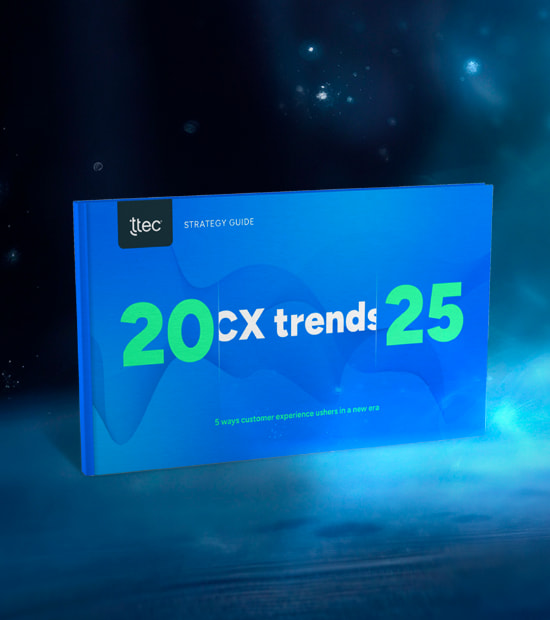The back-to-school season is in full swing and companies are racing to sell books and supplies to students. But changes in the market have placed additional pressures on businesses. The digitization of education and competition from ecommerce giants like Amazon are forcing traditional retailers to expand their services.
Chegg, an online seller of textbooks and other educational materials, is one such company that is rapidly expanding its services to better serve students. The Santa Clara, Calif.-based firm started out as a textbook rental company in 2005. The company’s name stems from the chicken-or-egg question and refers to the quandary many students face: They need experience to get a job, but they can’t get experience without a job.
“We want to help students save money and time and we want them to get a job and thrive,” says Mitch Spolan, executive vice president of marketing services. “How that has evolved over time is that we’re much more about the student experience and driving student outcomes as they go through high school and college.”
Chegg serves 13 million students through its membership program, which represents 45 percent of U.S. college students and 75 percent of college-bound high school students. In addition to renting textbooks, Chegg sees an opportunity to help students in other aspects of their education.
While it continues to rent and sell textbooks, Chegg has turned itself into an education portal with a focus on digital services. It offers online study aids, information about scholarships and internship programs, jobs, and other resources. Chegg has also acquired other education-focused startups like CourseRank (for choosing courses), Cramster (for homework assistance), and online tutoring network InstaEDU.
The company is slowly beginning to see results as it ramps up its digital offerings. Although it reported an $8.6 million loss in its second quarter, sales revenue increased 15 percent from the same quarter a year ago, reaching $64.5 million. It saw a 29 percent increase in digital revenue, compared to 22 percent in Q2 2013 and 62 percent year-over-year growth in the number of digital services customers.
Chegg’s goal is to serve students “throughout their entire lifecycle of being in junior high school to graduating college and helping them get that first job,” Spolan says. And that includes keeping up with its customers’ changing brand preferences and interests.
Chegg connects with students through multiple channels including its website, email, blogs, and social media. In addition, the company assembled a research panel of 15,000 high school and college students who are referred to as “Cheggheads.” Chegg asks the students questions such as how do they learn best, how could their books be better, and what their opinions are on Chegg and its brand partners. The company polls the students through survey forms, live chats, and webcam interviews. In exchange for their opinions, the panelists can enter contests for cash and prizes, in addition to receiving “free swag” from Chegg and its partners, according to the company website.
“We speak to the students on a monthly basis and we ask them questions like what do they think about a certain college campus or brand and what would cause them to upgrade a service plan or switch companies,” Spolan says. “We get insights about what’s important to them as students and try to leverage that data for our marketers and advertisers so we can authentically communicate to students.”
As an example of those insights, Spolan points to a series of videos in which students were interviewed about their favorite products and brands. One interview was filmed in the apartment of a student who used a cardboard box as a coffee table but owned several designer bags. “What this tells us is students are willing to make trade-offs so they can buy the products they want and that includes designer clothing or the latest iPhone,” Spolan says.
Millennial insights
Chegg also conducts studies on what students value. According to its 2013 survey of 4,000 college students, for example, 88 percent of the respondents believe it’s important to “give back” to the community and that 84 percent of students will advocate for a brand that rewards their loyalty, such as with special discounts, product samples, and other perks.
For other retailers who want to target the youth market, Spolan’s advice is to pay attention to their unique interests to develop a relationship with them. “Students are different from other consumers,” Spolan says. “They are making their own decisions for the first time and they want to have a deeper connection with companies. Listening to what the student cares about and having that authentic conversation with them is powerful.”
Young people also tend to consume media in various ways, so it is important for brands to have a presence on a wide range of media platforms such as video, social, email, and mobile, in addition to traditional channels.
Being authentic is also critical. Young consumers are quickly turned off by generic sales pitches and are more open to a frank or honest message. Spolan’s final piece of advice is to have fun. “Brands have many opportunities to have a conversation with students so have fun with it,” he advises. “If you can do all this, you’re more likely to be rewarded.”
Ultimately, the best relationships are personal, relevant, and authentic, so striving for that one-to-one relationship is the goal with young customers, just like older ones.

















